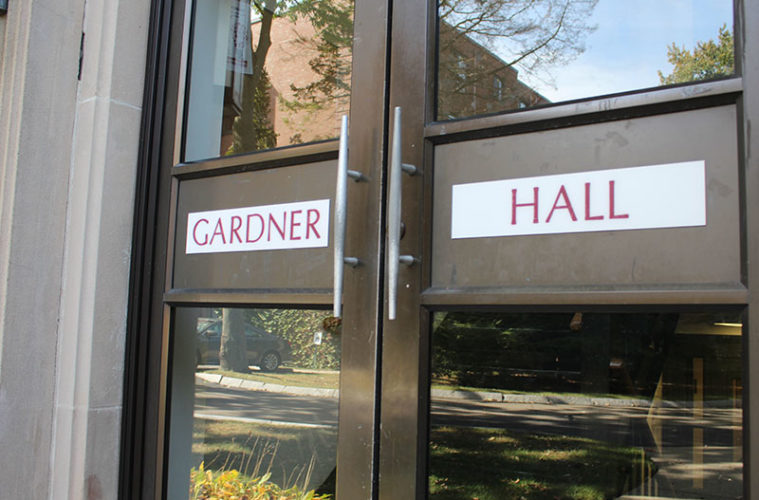Earlier this month, University of Missouri system President Timothy M. Wolfe resigned and the university’s Chancellor, R. Bowen Loftin, agreed to step down to a smaller role at the end of the year.
Students and faculty have been protesting for months because of racial tensions on the university’s campus that they felt that the president inadequately addressed.
The University of Missouri’s football team stated it would boycott all football-related activities until Wolfe resigned or was fired. Just two days later, Wolfe stepped down.
The football team’s involvement with the issues added national attention to the increasing outcry on campus, criticizing Wolfe for the way he dealt with multiple racially-charged incidents on campus. Students, lawmakers and, most prominently, the football players were among those who demanded that Wolfe resign.
There were other issues that led to the unrest at the university and the eventual resignation of Wolfe. On Sept.12, the Missouri Students Association’s President Payton Head posted on Facebook that racial slurs were yelled at him on campus. Twelve days later, students held a “Racism Lives Here” rally that criticized the university for not responding quickly enough to this incident. There was a second “Racism Lives Here” rally on Oct. 1.
Oct. 5, an intoxicated man yelled racial slurs at multiple members of the Legion of Black Collegians, who were rehearsing for a play.
Oct. 10, a protester at Missouri’s homecoming parade was bumped by Wolfe’s car. The protester was one of eleven protesters who locked arms around the president’s car, according to The Los Angeles Times.
Oct 20, the main group of black protesters on campus formed after this series of incidents, naming themselves Concerned Student 1950. The group’s name pays tribute to the year that black students were first admitted to the University of Missouri. The group created a list of demands, calling for Wolfe’s termination and for increased diversity training on campus. Protesters also advocated for more representation of minorities on university staff. Other incidents on the campus at the University of Missouri include a swastika being drawn using feces on the wall of a residence hall bathroom.
President Wolfe finally agreed to meet with students, but afterward the students felt that not much was accomplished. They were not pleased that no plan was put forward to meet their demands nor did Wolfe seem to take seriously the racial issues on campus.
Graduate student Jonathan Butler received attention on campus and nationally after announcing that he was beginning a hunger strike that would end in either his death or Wolfe’s removal from office.
“If you look at the past two years, and all that students have done, black students, brown students, students of color and marginalized students have been fighting and protesting and writing letters and doing all these things over several years,” Butler stated in the Columbia Missourian.
“We, as students of color, marginalized students, we still can’t get an answer years later,” said Butler. “It takes these drastic measures for us to be taken seriously, for us to actually be considered humans.”
On Monday, Nov. 9, President Wolfe resigned and released a statement stating, “I take full responsibility for this frustration. I take full responsibility for inaction that has occurred.”
After Wolfe’s resignation, Butler ended his hunger strike and the university’s athletic department released a statement saying the football team would resume its normal activities.

